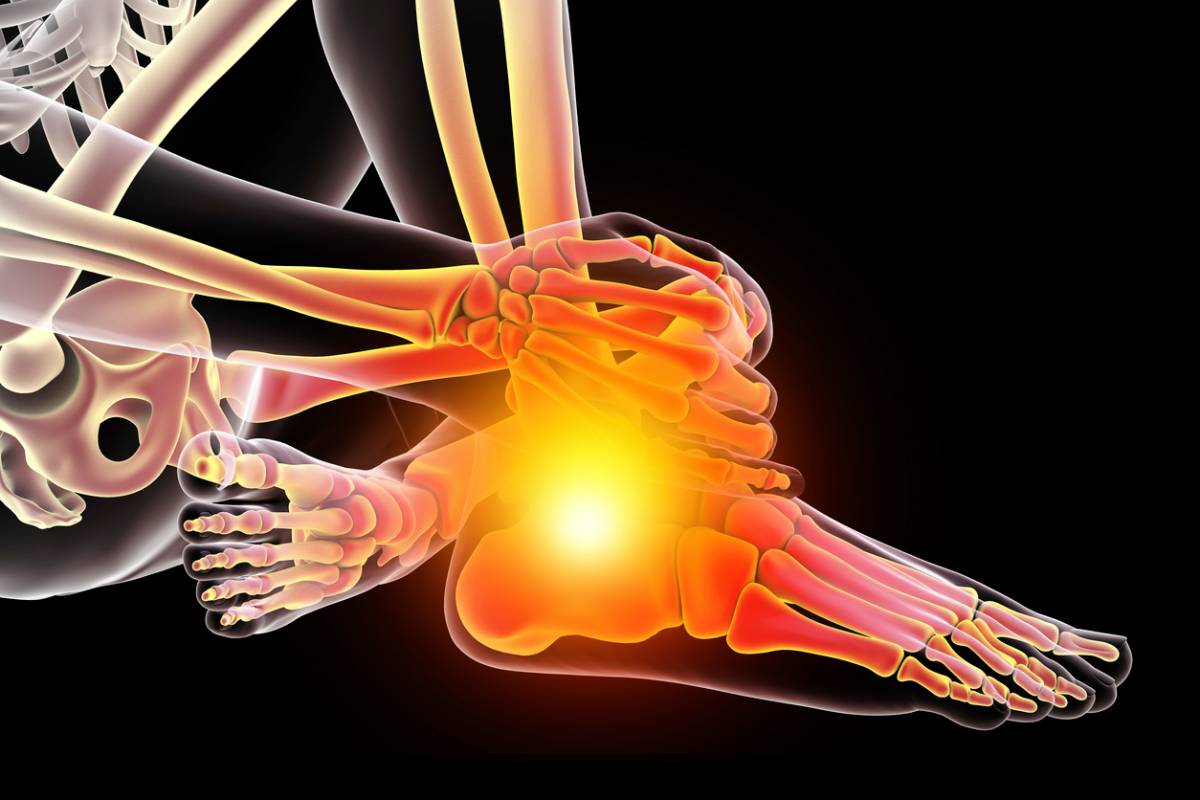Cracked heel bones can be extremely painful and impact your daily life. Also referred to as calcaneal fractures, cracked heel bones can result from a number of causes. Common causes include accidents, falls, or sports injuries. Prompt treatment is necessary, so it’s important to understand the signs of a cracked heel bone. Below you will find helpful information about cracked heel bones, including common symptoms, when to see a doctor, and potential treatment options.
Signs of a Cracked Heel Bone
A cracked heel bone can negatively impact your daily life as it can inhibit your ability to walk. Consider the following signs of a cracked heel bone and seek immediate treatment if you experience any of them.
Pain:
Pain is the most common symptom of a cracked heel bone. It is often intense and felt deeply in your heel. It is common to feel more pain when you are standing or walking as the extra weight puts pressure on the injury.
Swelling:
Pain and swelling are often the first two signs of a cracked heel bone. Swelling generally occurs around your heel. However, you may experience swelling in the back of your foot if the condition has worsened.
Inability to Walk:
If you cannot put any weight on your heel, it is a serious indication that you may have a cracked heel bone. In severe cases, some patients cannot even bear weight on their heels. This is a serious issue that requires immediate medical treatment.
Bruising:
A cracked heel bone can result in discoloration and bruising. This is common mostly around your heel, but it can also be seen on your ankle in severe cases. Bruising is caused by damaged blood vessels in the area.
Heel Deformities:
In very severe cases, a cracked heel can lead to heel deformities. A misshapen or deformed heel requires immediate treatment due to the seriousness of the issue. Deformed heels can lead to issues with your gait and alignment. This can lead to issues with your knees, hips, and back, so it’s important to contact a local podiatrist right away.
When to See a Doctor
If you experience any of the symptoms above, contact a podiatrist. It’s critical to seek treatment right away. Untreated cracked heel bones can lead to further health issues that can be difficult to treat.
Cracked Heel Bone Diagnosis and Treatment
A skilled podiatrist podiatrist can accurately diagnose the issue and provide an effective heel pain treatment plan. A podiatrist will perform a physical examination of your heel. This includes an assessment of heel tenderness, your range of motion, and any deformities. In addition to a physical examination, they will also order imaging, such as an X-ray. This is necessary to provide a detailed view of the cracked heel bone fracture. The severity can impact the type of treatment you may need.
Cracked Heel Bone Treatment Options
There are a number of treatment options. The type of treatment depends on the severity of your fracture and your symptoms. If possible, your podiatrist will likely recommend less invasive, non-surgical treatment options. This generally includes a cast or boot, as it can allow the fracture to heal naturally. This option includes ice, elevation, and rest your foot as much as possible.
For more severe cracked heel bones, surgery may be necessary. This is for injuries that have displaced your heel or caused severe deformities. Surgery is meant to realign the bone fragments in your heel. This can stabilize it to ensure optimal healing post-surgery. Rehabilitation and physical therapy are often necessary after surgery. In some cases, it may also be necessary when non-surgical treatment options are used.


